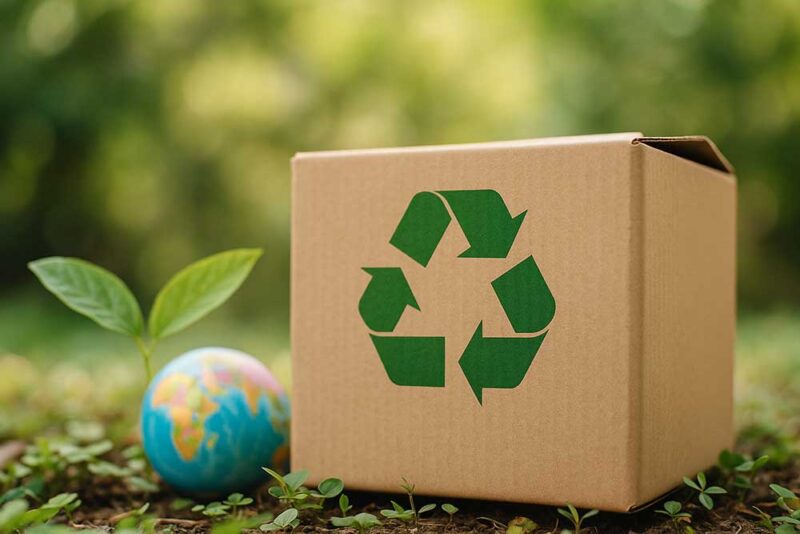In today’s world, the importance of sustainability and eco-friendly practices cannot be overstated. One such practice that has gained significant attention is composting. But did you know you can also compost printed materials? Understanding how to compost printed material is essential for reducing waste and promoting a more sustainable lifestyle.
Composting printed materials not only helps in waste management but also contributes to the environment by turning potential waste into nutrient-rich compost. In this article, we will explore the process of composting printed materials, the types of materials that can be composted, and the benefits it brings to the environment.

Understanding Composting
Composting is the natural process of recycling organic material, such as leaves and food scraps, into a rich soil amendment. This process involves decomposition of organic matter by microorganisms, resulting in a nutrient-rich substance called compost. Composting helps reduce landfill waste and provides an alternative to chemical fertilizers.
The Role of Microorganisms
Microorganisms play a crucial role in composting. Bacteria, fungi, and other decomposers break down organic matter, including printed materials, into smaller particles. This decomposition process releases nutrients back into the soil, making it more fertile and productive.
Why Compost Printed Materials?
Printed materials, such as newspapers, magazines, and office paper, are often overlooked when it comes to composting. However, they can be an excellent addition to your compost pile. Here are some reasons why you should consider composting printed materials:
- Reduces landfill waste: Composting printed materials helps divert paper waste from landfills, reducing the environmental impact.
- Improves soil health: The carbon content in printed materials can enhance soil structure and fertility when added to compost.
- Supports sustainable practices: By composting printed materials, you contribute to a circular economy, where waste is minimized, and resources are reused.
Types of Printed Materials Suitable for Composting
Not all printed materials are suitable for composting. Here are some types of materials that can be safely composted:
Newspapers and Magazines
Newspapers and magazines are typically made of biodegradable materials and are safe to compost. However, it is essential to avoid glossy pages, as they may contain non-biodegradable coatings.
Office Paper
Office paper, including shredded paper, can be added to your compost pile. Ensure that the paper is free from plastic coatings and heavy inks.
Cardboard
Cardboard is a great addition to compost piles, providing a good source of carbon. However, avoid wax-coated or heavily printed cardboard.
Steps to Compost Printed Materials
Now that you know which printed materials can be composted, let’s explore the steps to effectively compost them:
1. Shred the Materials
Shredding printed materials into small pieces increases their surface area, allowing microorganisms to break them down more efficiently.
2. Layering
Alternate layers of shredded paper with other organic matter, such as food scraps and yard waste. This balance helps maintain the right carbon-to-nitrogen ratio.
3. Maintain Moisture
Keep your compost pile moist but not soggy. Proper moisture levels support microbial activity and expedite decomposition.
4. Aeration
Turn the compost pile regularly to aerate it. Oxygen is essential for the microbes to thrive and break down the materials.
Benefits of Composting Printed Materials
Composting printed materials offers numerous benefits, including:
- Environmental Impact: Reduces greenhouse gas emissions by diverting waste from landfills.
- Soil Enrichment: Improves soil structure and fertility, leading to healthier plants.
- Resource Conservation: Minimizes the need for chemical fertilizers and supports sustainable practices.
Challenges and Considerations
While composting printed materials is beneficial, there are some challenges and considerations to keep in mind:
Inks and Coatings
Some printed materials may contain inks and coatings that are not biodegradable. It is important to separate these from compostable materials.
Time and Patience
Composting is a natural process that takes time. Patience is key to achieving nutrient-rich compost.
Conclusion
Learning how to compost printed material is a valuable skill that contributes to sustainability and environmental conservation. By following the steps outlined in this article, you can turn printed materials into a resource rather than waste.

FAQs
Can glossy magazines be composted?
No, glossy magazines often contain non-biodegradable coatings that should be avoided in compost.
How long does it take to compost printed materials?
Composting times vary, but printed materials may take several months to fully decompose.
What should I do if my compost pile smells?
If your compost pile smells, it may be too wet or lack proper aeration. Turn it regularly and adjust moisture levels.
For more eco-friendly printing tips, visit 18 Easy Ways to Cut Down on Office Print Waste.
Learn more about zero waste printing and explore green printing certifications to further enhance your sustainable practices.
This article contains affiliate links. We may earn a commission at no extra cost to you.







